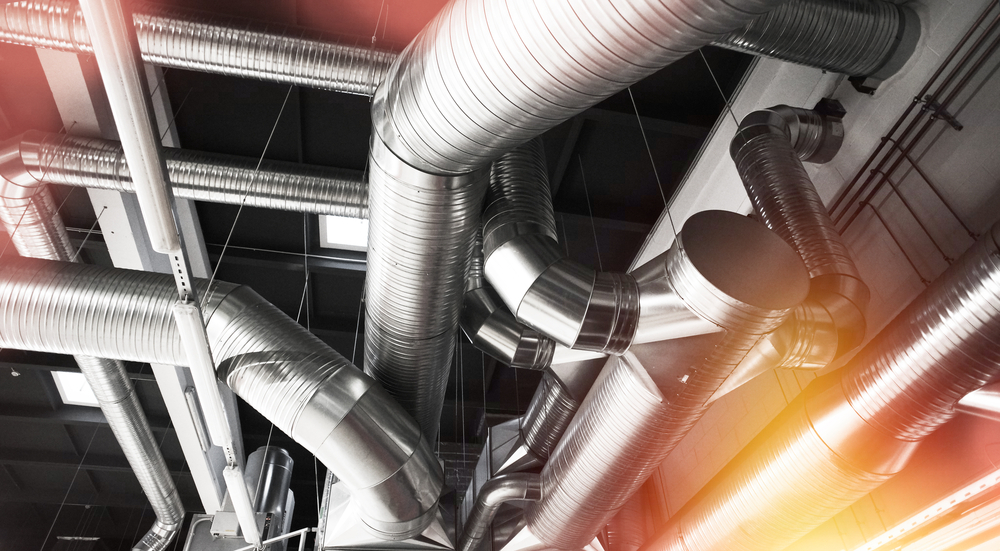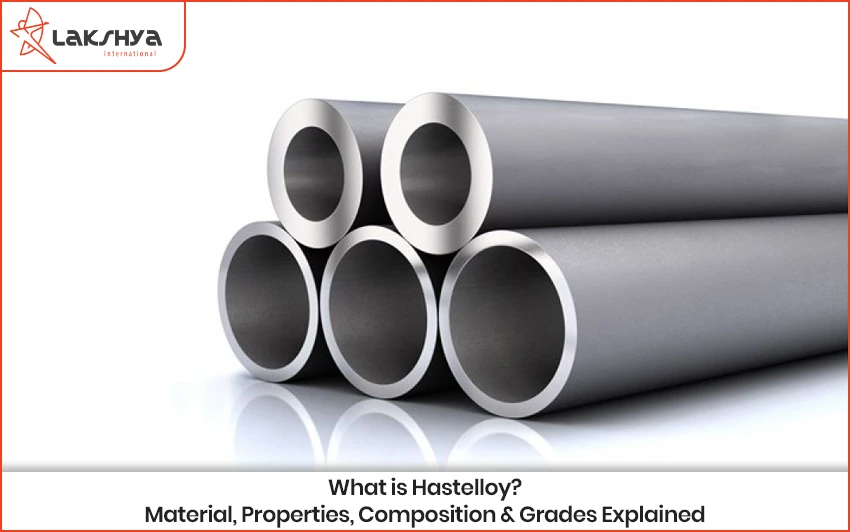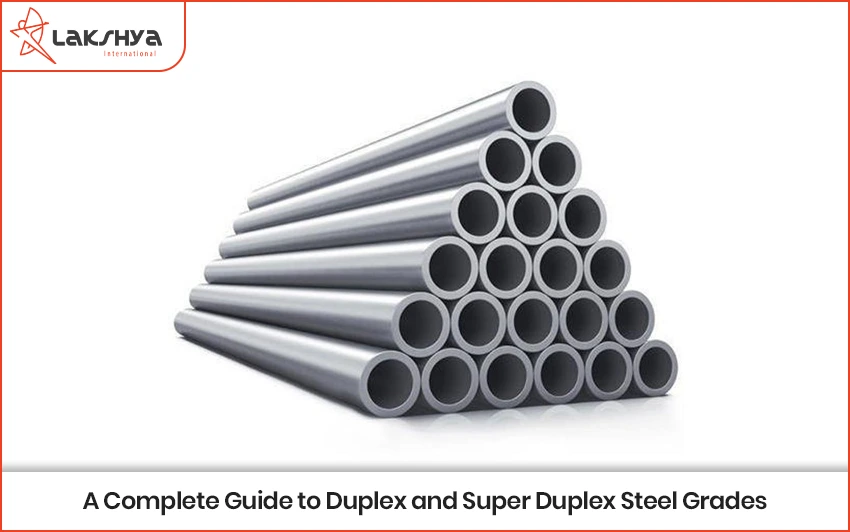Introduction
Residential Uses of Pipes
Plumbing
Sewage
Electrical conduits
Decorative
HVAC systems
In a variety of residential applications, pipes are utilized to manage a structure’s plumbing, sewage, electrical, and HVAC systems. Because they are designed to improve fluid transmission and flow, pipes are a versatile material in the home. Unless these materials are present, most of the utilities in this type of structure will not work.
Pipelines exist in all shapes and sizes, and their utility varies depending on the application. Pipes are typically used to convey fluids, but they can also be used to store electric wires or as decorative features. To learn more, keep reading.
Plumbing
Plumbing pipes are commonly used in residential settings to ensure that plumbing systems are in place. Every home is equipped with its own water distribution system. These materials are frequently used with additional components, such as water meters, to assess the building’s monthly water usage. Water service firms can use this information to bill customers and even correct plumbing issues.
Despite the fact that cast iron pipes are still used in older homes, steel pipes are the most popular due to their numerous advantages. Steel is a malleable metal that can be bent into many shapes. This simplifies pipe installation and maintenance, which is advantageous during repairs. Steel pipes have the added benefit of being long-lasting; they can last up to five decades without deterioration.
Sewage
Another application found in homes is sewerage pipes, which aid in the redirection of wastewater flow out of the structure. Septic tanks are commonly used to store sewage discharge. The waste materials could be treated on-site in the tank or sent to an external filtration plant.
Steel pipes are strong enough to withstand unexpected pressure variations in fluid flow, as previously indicated. As a result, they’re an excellent material for sewage systems. They don’t leak, fracture, or develop pitting corrosion, all of which can lead to pipe leaks and seam breaks.
When wastewater drains into the soil, steel pipes prevent unwanted contaminants from entering the soil; after all, this could be harmful to the building’s foundation. The pipes also prevent effluent from being regurgitated into sinks, bathtubs, shower floors, or other interior drains.
Electrical Conduits
With the proper installation and design of electrical equipment, it is also possible to power all of the electrical utilities within a home. This is achieved by ensuring that all electrical wiring is well-organized and free of exterior items that could interrupt a structure’s power supply.
Keep in mind that pipes can also be employed to house electrical conduits in any home. Depending on the chemical, there may be several variations. These include rigid metal conduit pipes, electrical metallic tubing, and rigid polyvinyl chloride (PVC) pipes.
Electrical conduit pipes are smaller than sewage pipes, with diameters ranging from 20 to 32 millimeters depending on the source. They are found in subsurface power lines and exposed wiring in residences to shield wires from the elements.
Decorative
As a result, they can be used as decorative things as well. Repurposed pipes can be used to make clothing racks, pen holders, flower pots, storage facilities, and a variety of other objects.
Steel pipes are superior to other types of pipes in terms of aesthetics since they can be recycled indefinitely without losing their qualities. If you have the necessary equipment and supplies, you can make any custom-built object out of repurposed steel pipes.
HVAC Systems
Other residential pipe applications can be found in the HVAC systems of the building. Refrigerators, air conditioners, condenser units, water heaters, water pumps, and other forms of ventilation systems are examples.
Various pipe types—whether copper, cast iron, or PVC—are still extensively used in HVAC systems because of their ability to withstand pressure and temperature fluctuations without causing damage to the material. Steel pipes, for example, are fire-resistant because they do not burn. This is beneficial for any HVAC system that is solely for heating and cooling. Copper pipes, on the other hand, are perfect for outdoor air conditioning condenser units, while PVC-based pipes are typically found in ventilation equipment.
Read More :
Numerous tests to confirm the steel pipe’s quality: A quality test is required for steel pipes in order to establish how well they will operate under high-stress conditions. Steel pipes are frequently utilized in applications involving high-temperature and high-pressure fluid transmission. Steel pipes that serve as structural elements for a construction project or building are commonly used nowadays.
Recognize the applications of Stainless Steel Pipes in many industries: With so many different types of Stainless-steel pipes, like seamless pipes, welded pipes, and flanges, it might be hard to choose which one to use for your business, or even what they can be used for. It’s important to know the different types of pipes and what they’re used for if you want to be a good plumber.




